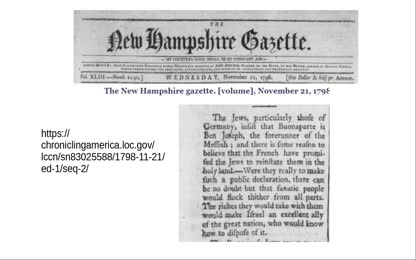Advertisement
Land To The Tiller - aгитпроп
“Land to the tiller” has been a slogan of Chinese revolutionaries since Sun Yat-sen used it in 1924. Mao Zedong came to power in 1949 with just such a promise. Now some of China’s peasants want his party to make good on the pledge. Late last year groups in different parts of China began simply claiming land as their own individual private plots.
The term aгитпроп or agitprop originated in Soviet Russia as a shortened name for the Department for Agitation and Propaganda, aka Agit-Prop, which was part of the central and regional committees of the Communist Party of the Soviet Union. Within the party apparatus, both agitation (work among people who were not Communists) and propaganda (political work among party members) were the responsibility of the agitpropotdel, or APPO. Its head was a member of the MK secretariat, although he or she ranked second to the head of the orgraspredotdel. Typically Russian agitprop explained the ideology and policies of the Communist Party and attempted to persuade the general public to support and join the party and share its ideals. Agitprop was also used for dissemination of information and knowledge to the people, like new methods of agriculture. After the October Revolution of 1917, an agitprop train toured the country, with artists and actors performing simple plays and broadcasting propaganda. It had a printing press on board the train to allow posters to be reproduced and thrown out of the windows as it passed through villages.
During Russian Civil War agitprop took various forms: Use of the press:
Bolshevik strategy from the beginning was to gain access to the primary medium of dissemination of information in Russia: the press. The socialist newspaper Pravda resurfaced in 1917 after being shut down by the Tsarist censorship three years earlier. Prominent Bolsheviks like Kamenev, Stalin and Bukharin became editors of Pravda during and after the revolution, making it an organ for Bolshevik agitprop. With the decrease in popularity and power of Tsarist and Bourgeois press outlets, Pravda was able to become the dominant source of written information for the population in regions controlled by the Red Army .
Oral-agitation networks:
The Bolshevik leadership understood that to build a lasting regime, they would need to win the support of the mass population of Russian peasants. To do this, Lenin organized a Communist party that attracted demobilized soldiers and others to become supporters of the Bolshevik ideology, dressed up in uniforms and sent to travel the countryside as agitators to the peasants.[14] The oral-agitation networks established a presence in the isolated rural areas of Russia, expanding Communist power.
Agitational trains and ships: To expand the reach of the oral-agitation networks, the Bolsheviks pioneered using modern transportation to reach deeper into Russia. The trains and ships carried agitators armed with leaflets, posters and other various forms of agitprop. Train cars included a garage of motorcycles and cars in order for propaganda materials to reach the rural towns not located near rail lines. The agitational trains expanded the reach of agitators into Eastern Europe, and allowed for the establishment of agitprop stations, consisting of libraries of propaganda material. The trains were also equipped with radios, and their own printing press, so they could report to Moscow the political climate of the given region, and receive instruction on how to custom print propaganda on the spot to better take advantage of the situation.
Literacy campaign: The peasant society of Russia in 1917 was largely illiterate making it difficult to reach them through printed agitprop. The People’s Commissariat of Enlightenment was established to spearhead the war on illiteracy. Instructors were trained in 1919, and sent to the countryside to create more instructors and expand the operation into a network of literacy centers. New textbooks were created, explaining Bolshevik ideology to the newly literate members of Soviet society, and the literacy training in the army was expanded.
- Category: Uncategorized,Propaganda Tool,Draconian Law /Draconian Order,Divert/Red Herring/Distraction
- Duration: 11:41
- Date: 2020-10-04 06:19:15
- Tags: mao, lenin, china, trotsky, stalin, collective, marxism, russia, socialism, proletariat, land to the tiller, agitation, communism, socialism
2 Comments
Please login to comment










 Donate
Donate







